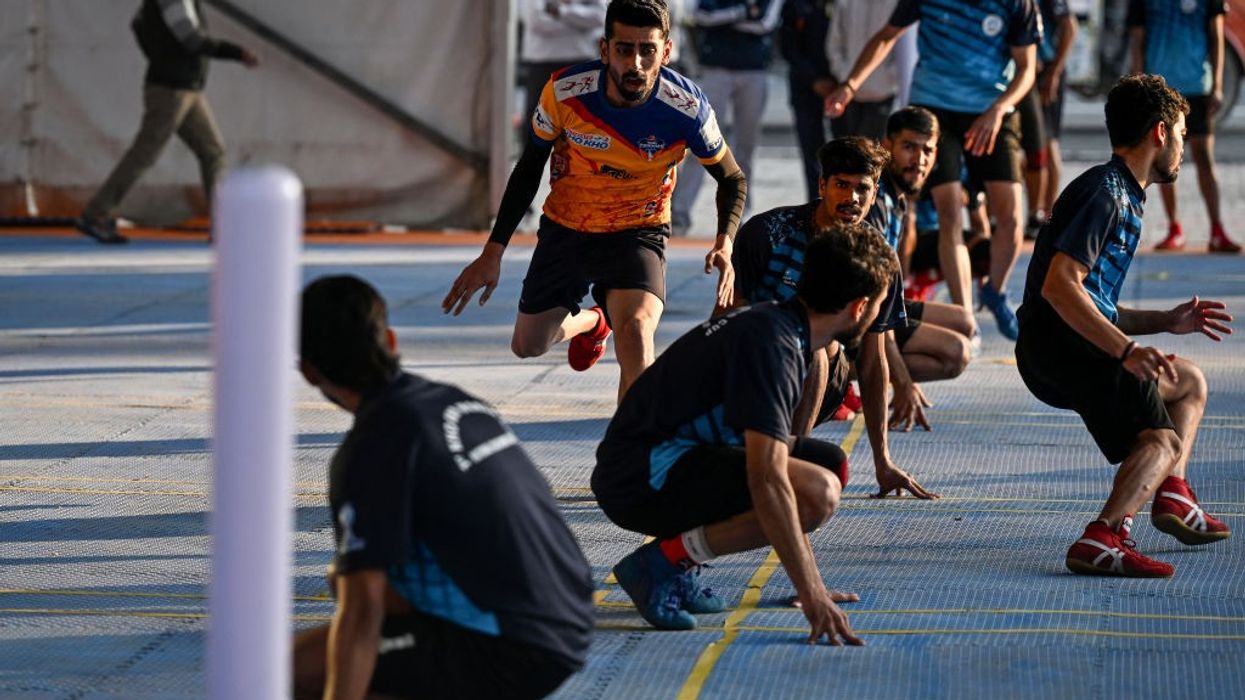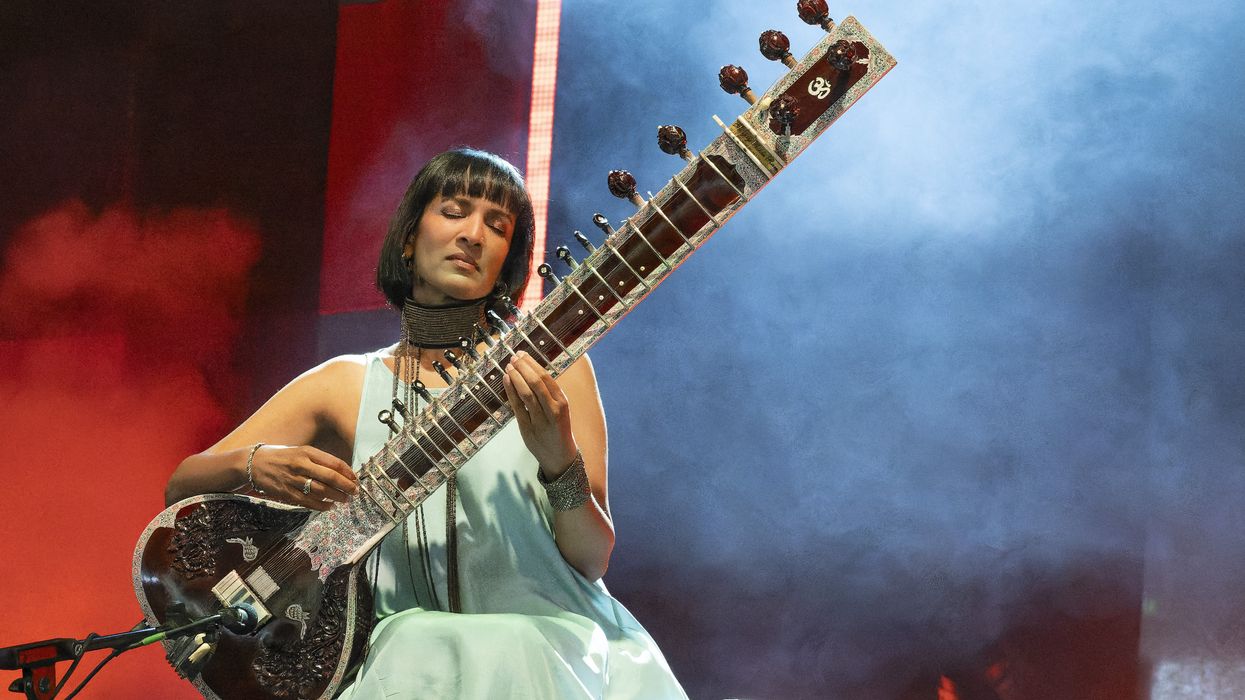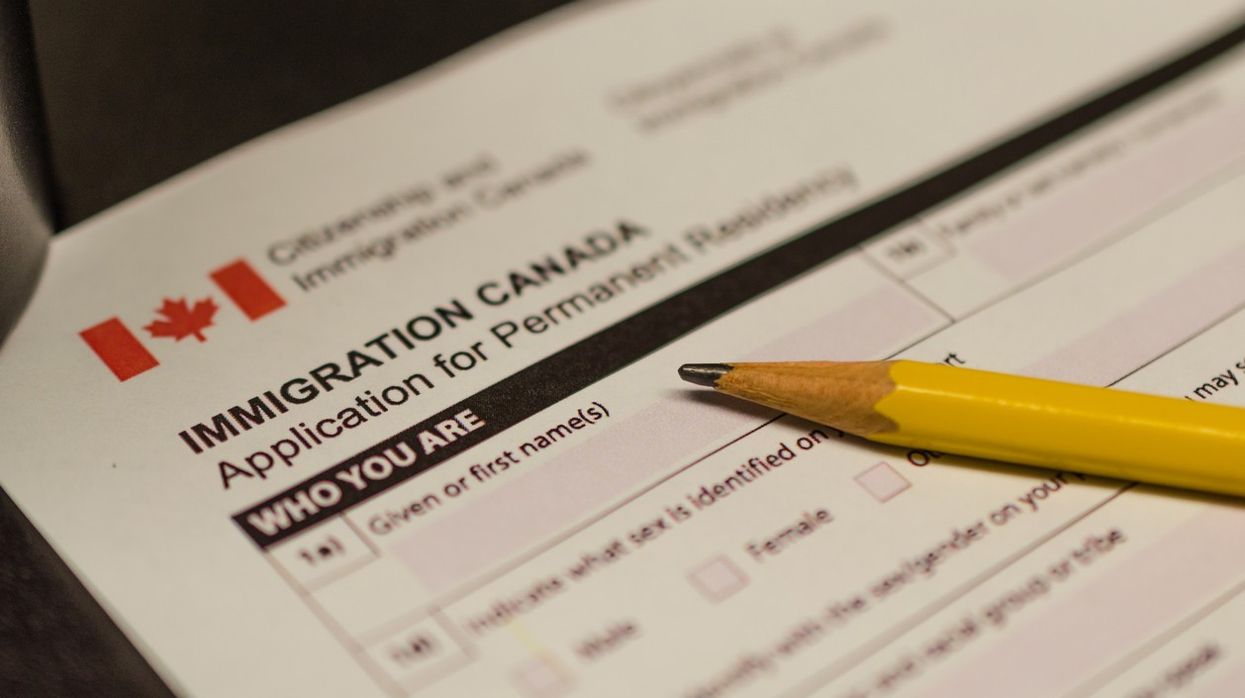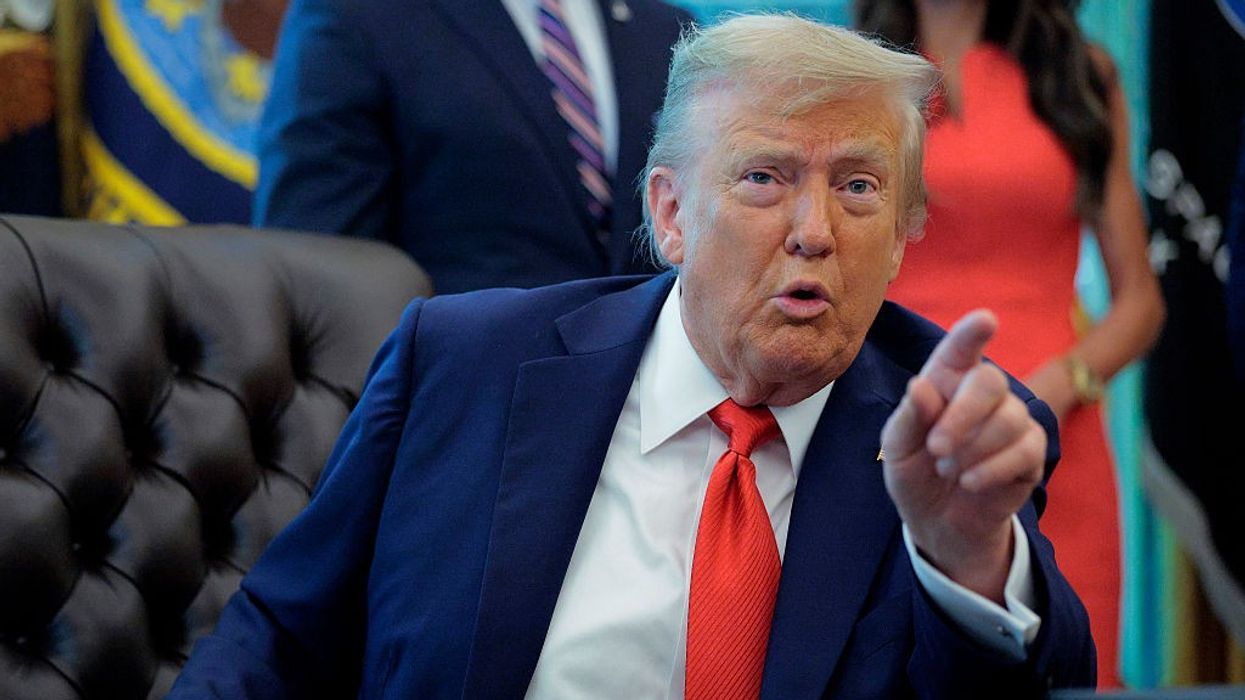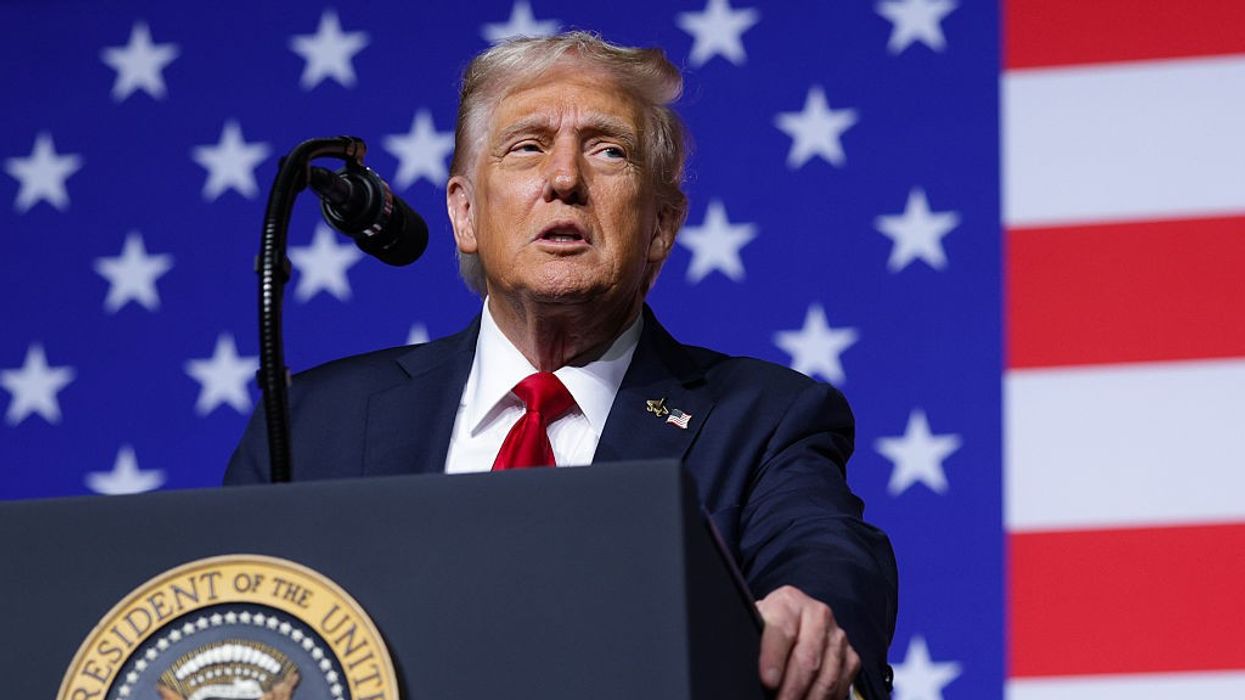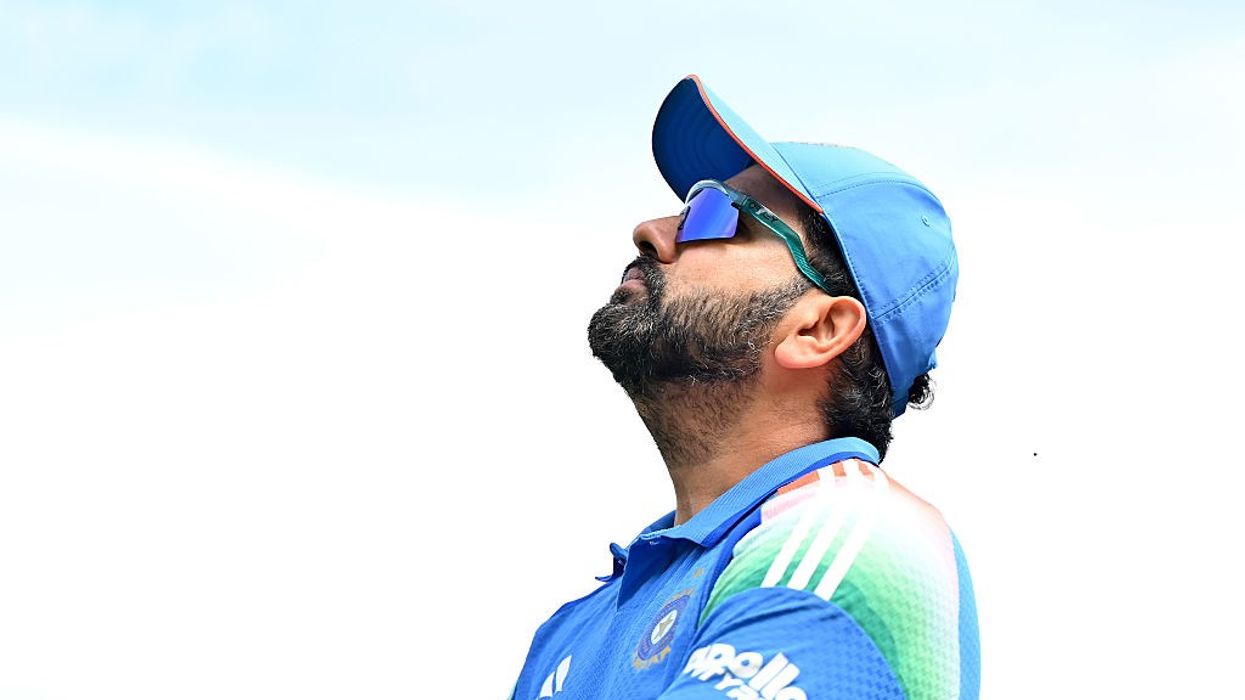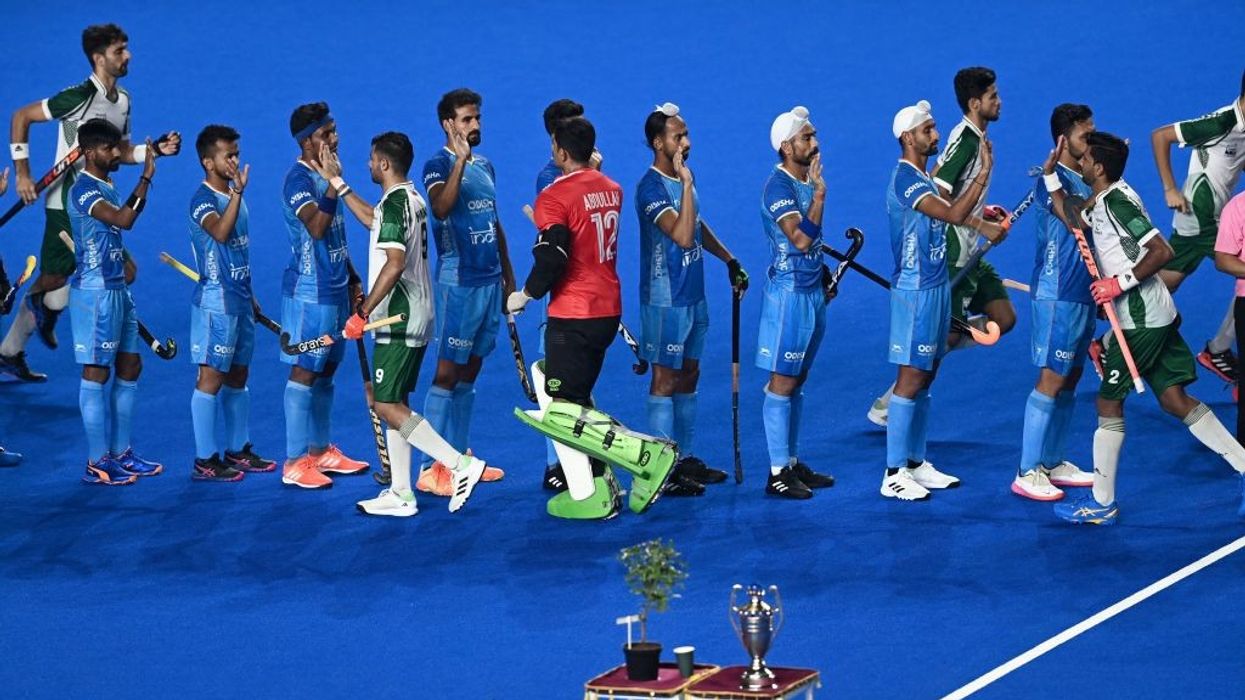- Kho-Kho originated centuries ago in Maharashtra and is one of India’s oldest tag-based sports, known for its speed, teamwork, and strategy.
- The USA Kho Kho Federation is building state teams and hosting tournaments in hubs like California, New Jersey, and Georgia.
- The sport is connecting younger generations of the Indian diaspora with their heritage while offering a fast-paced, competitive alternative to mainstream sports.
- Beyond the US, Kho-Kho is gaining popularity in Argentina, Brazil, and Peru, supported by local exhibitions and tournaments.
Bright Future: International exposure, professional leagues like Ultimate Kho Kho, and diaspora enthusiasm are set to propel the sport’s worldwide recognition.Kho-Kho is one of India’s oldest traditional sports, originating centuries ago in the rural landscapes of Maharashtra. Renowned for its speed, strategy, and intricate teamwork, Kho-Kho has survived the test of time to remain popular as a fast-paced tag game that blends athleticism with tactical play. Traditionally played on a rectangular field with two teams chasing and tagging opponents, Kho-Kho’s simple rules and minimal equipment make it accessible and highly engaging.
Rise in popularity in the United States
While Kho-Kho has deep roots in Indian culture, the sport has recently begun making significant inroads in the United States. It is particularly finding popularity within Indian diaspora communities, where it serves both as a cultural link to Indian heritage and an exciting alternative to more mainstream American sports. The game’s emphasis on teamwork and agility resonates with younger generations eager to connect to their roots in a fun and competitive way.
The USA Kho Kho Federation has been a major driver of this growth, facilitating the establishment of state-level teams and organizing regional tournaments. States such as California, New Jersey, and Georgia have emerged as hubs for Kho-Kho development, hosting leagues and training camps that attract enthusiastic players from diverse age groups. These efforts have transformed Kho-Kho from isolated weekend games into a structured sport with growing recognition.
An accessible sport with universal appeal
Kho-Kho shares similarities with American traditional games like tag and dodgeball, which has helped it blend into the local sports culture more easily. Played on a field approximately 29 meters long and 16 meters wide, the game features two teams of 12 players each (9 active players per side at any time). The chasing team’s players sit alternately facing opposite directions in a central lane, while an active chaser tags the opposing team’s runners.
With matches comprising two innings of chasing and defending, Kho-Kho tests players’ reflexes, stamina, and strategic coordination. The quick relay system, where the chaser can tag teammates to continue the chase, and the rules forbidding backward running until crossing poles at the ends of the field, add exciting layers of challenge and skill that appeal to sports enthusiasts beyond the Indian community.
Global reach beyond the US
Kho-Kho’s growing popularity is not limited to the US. The sport has found surprising resonance in South American countries such as Argentina, Brazil, and Peru. Indian diaspora communities and local sports lovers in these countries are embracing Kho-Kho as a vibrant, fast-paced alternative to traditional sports. The ease of setting up a playing field and minimal equipment needs have helped make Kho-Kho attractive in diverse environments, encouraging international exhibitions and friendly tournaments.
Cultural connection and future growth
Kho-Kho’s spread internationally highlights a broader interest in indigenous Indian sports and their place in global multicultural sporting landscapes. For Indian-origin players in the US and elsewhere, Kho-Kho is more than a game — it is a celebration of heritage and community bonding. The USA Kho Kho Federation’s efforts are helping institutionalize the sport, develop competitive structures, and promote youth participation, which bodes well for its future growth.
The sport’s inclusion in international multi-sport events and the launch of professional leagues like India’s Ultimate Kho Kho league have also raised its profile, inspiring diaspora fans and athletes. As Kho-Kho continues to grow, it promises to unite diverse geographies and cultures through a shared love of speed, agility, and strategic team play.
Kho-Kho’s journey from ancient Indian fields to contemporary international arenas reflects the enduring appeal of traditional sports and their ability to transcend borders while nurturing cultural identities and community spirit worldwide.
